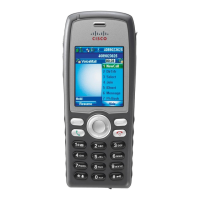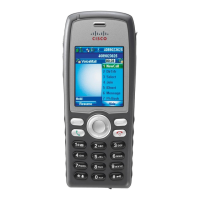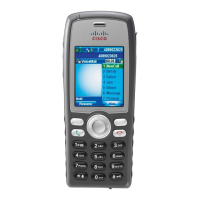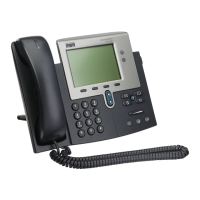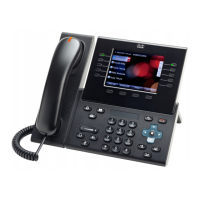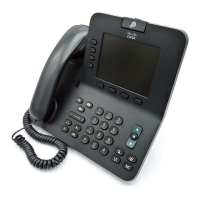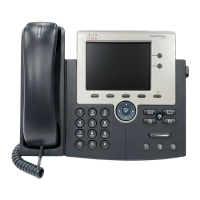2-9
Cisco Unified Wireless IP Phone 7925G Administration Guide for Cisco Unified Communications Manager 7.0(1)
OL-15984-01
Chapter 2 Overview of the VoIP Wireless Network
Components of the VoIP Wireless Network
Once a device has been paired, its Bluetooth connection is maintained as long as both devices (phone
and headset) are enabled and within range of each other. The connection re-establishes itself
automatically if either of the devices powers down then powers up. The green-dotted Bluetooth icon
indicates whether or not a device is connected.
When headsets are more than 10 meters away from Cisco Unified Wireless IP Phone 7925G, Bluetooth
drops the connection after a 15 to 20 second timeout. If the paired headset comes back into range of the
Cisco Unified Wireless IP Phone 7925G and the phone is not connected to another Bluetooth headset,
then the in-range Bluetooth headset automatically reconnects. For certain phone types that operate in
power-save modes, the user may have to “wake-up” the headset by tapping on its operational button to
initiate the reconnect.
Note It is recommended that users read the headset user guide for more information about pairing and
connecting the headsets.
Components of the VoIP Wireless Network
The wireless IP phone must interact with several network components in the WLAN to successfully
place and receive calls. The following topics describe network components:
• Networking Protocols Used with Cisco Unified Wireless IP Phones, page 2-9
• Interacting with Cisco Unified Wireless APs, page 2-11
• Voice QoS in a Wireless Network, page 2-12
• Interacting with Cisco Unified Communications Manager, page 2-14
• Interacting with the Dynamic Host Configuration Protocol Server, page 2-15
Networking Protocols Used with Cisco Unified Wireless IP Phones
Cisco Unified IP Phones support several networking protocols for voice communication. Table 2-4
describes the networking protocols that the Cisco Unified Wireless IP Phone 7925G supports.
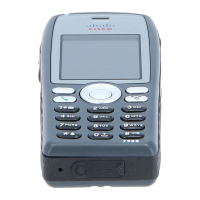
